The Animals that Represent Freedom
The association between freedom and flying animals, particularly birds, is deeply ingrained in human culture and symbolism. When we think about animals symbolizing freedom, it’s common to immediately consider those capable of flight, primarily because of the inherent connection between soaring through the sky and the feeling of liberation. Here’s why this connection exists and why it extends beyond just birds:
Birds and Flight
Birds are often seen as the epitome of freedom due to their unique ability to fly. Flight enables them to travel great distances, explore different environments, and escape terrestrial constraints. Humans have long been captivated by the idea of taking to the skies, and birds are a natural symbol of that desire.
“Free as a Bird”
The saying “Free as a bird” is a popular idiom that underscores the idea of complete freedom. It implies that birds represent the ultimate freedom, unconstrained by boundaries or limitations.
Freedom from Earthly Boundaries
Flight represents freedom from earthly constraints, including geographical, physical, and metaphorical limitations. It’s a symbol of breaking free from the mundane and experiencing a world without boundaries.
Metaphorical Significance
Beyond the physical act of flying, birds symbolize freedom in a metaphorical sense. They are often associated with spiritual or emotional liberation, suggesting that one can rise above challenges and reach new heights, just as birds do.
However, it’s important to note that the concept of freedom in the animal world extends beyond birds. Other animals and aspects of nature can also be linked to the idea of freedom.
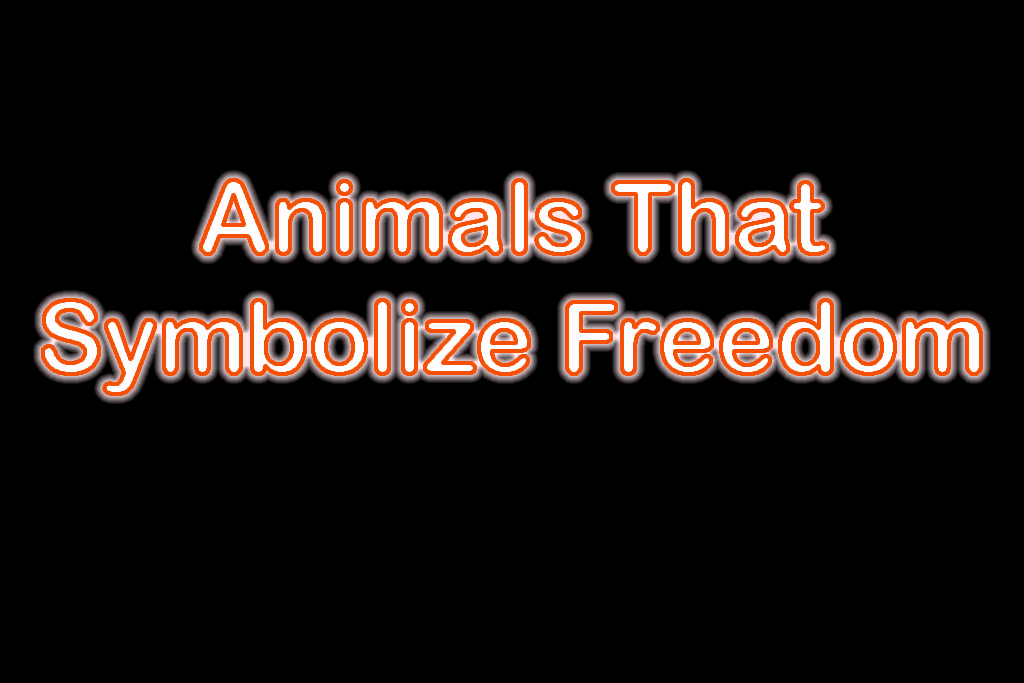
1- The Wolf
The wolf as a symbol of freedom highlights several aspects of the wolf’s behavior and characteristics that contribute to this symbolism:
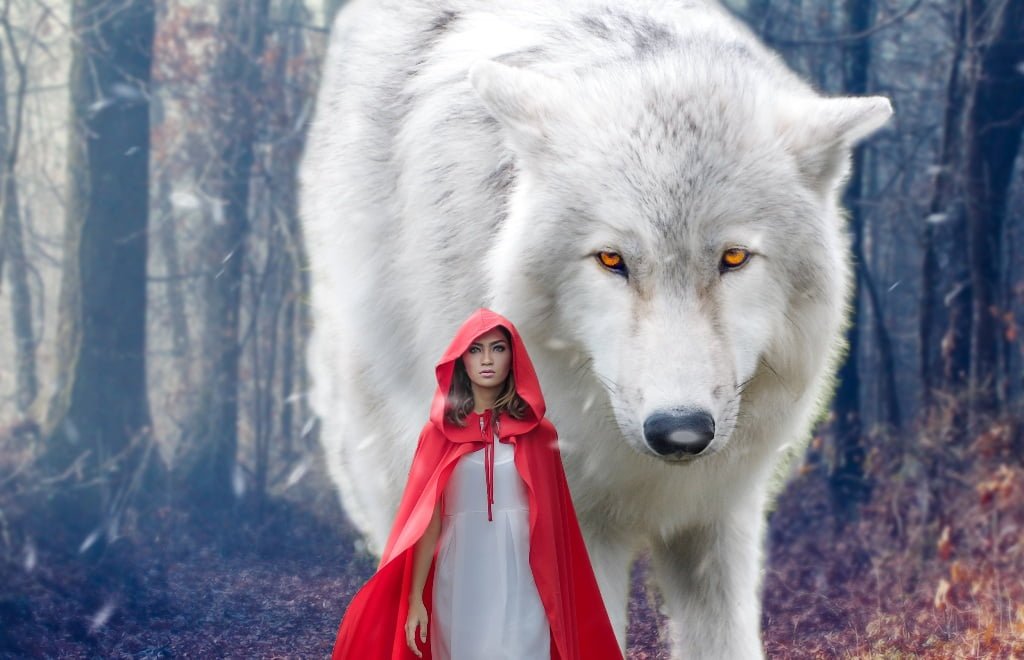
Independence
Wolves are known for their independence. They have the ability to choose when to act alone or when to work as part of a pack. This decision-making process reflects their freedom to make choices based on the situation and their needs.
Fearlessness
The statement mentions that wolves face all difficulties without fear. This fearlessness is often associated with the idea of freedom. Wolves are known for their courage in the face of challenges, and their determination to overcome obstacles.
Adaptability
Wolves are capable of thriving in harsh climates and environments. Their adaptability and resilience demonstrate their ability to live freely and conquer different conditions without being constrained by them.
Living life on their terms
The statement suggests that the wolf lives its life as it wishes at all times. This emphasizes the idea that the wolf’s behavior and lifestyle are not dictated by external factors but are determined by their own choices and instincts, symbolizing the essence of freedom.
The wolf is considered a symbol of freedom due to its independence, fearlessness, adaptability, and the way it lives its life according to its own instincts and preferences. These qualities have led to the wolf being associated with the idea of living life on one’s own terms and not being confined by external constraints.
2- The Eagle
The statement highlights the eagle as a symbol of freedom, emphasizing its strong association with the concept of liberty. This symbolism is grounded in the eagle’s characteristics and how it is often depicted.
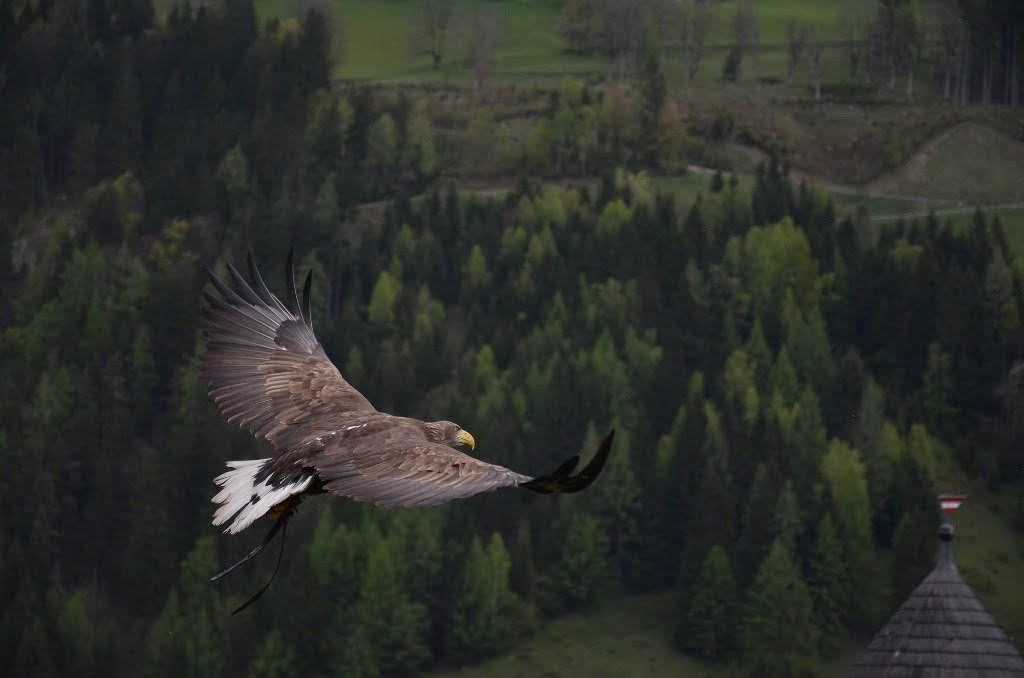
Eagle as a Symbol of Freedom
The eagle is considered the ultimate symbol of freedom. This association is not accidental; it stems from the eagle’s unique characteristics and behaviors that align with the idea of freedom.
Vision of the Eagle Soaring
When people think of the concept of freedom, they often visualize an eagle with its wings fully spread, soaring through the skies. This image is powerful because it represents the idea of unrestricted movement and unbounded possibilities.
Absolute Freedom
The eagle’s ability to fly high in the sky and its keen eyesight make it a remarkable symbol of absolute freedom. In the context of freedom, “absolute” means unrestricted, boundless, and not limited by any external factors. The eagle, with its ability to fly wherever it pleases and survey its surroundings with incredible precision, embodies this idea of unrestricted freedom.
Use of Eagle Imagery
The statement also notes that the image of the eagle is employed more frequently than any other symbol to represent the concept of freedom. This is because the characteristics of the eagle align so closely with the ideal of freedom, making it a highly effective and widely recognized symbol.
The eagle is the quintessential symbol of freedom due to its majestic qualities, its ability to soar through the heights, and its association with unrestricted movement and possibilities. It is often depicted with its wings outstretched, and this imagery is the closest representation we have to the idea of absolute freedom. As a result, the eagle is a universally recognized and commonly used symbol to convey the concept of freedom.
3- The Seagulls
Seagulls symbolize freedom for multiple reasons. Firstly, their ability to fly is a clear representation of freedom. Flying is often associated with liberation because it allows creatures to move through the air, unrestricted by barriers on the ground. This freedom of movement in the sky can be seen as a metaphor for the human desire for personal and societal freedom, the ability to go wherever one pleases.
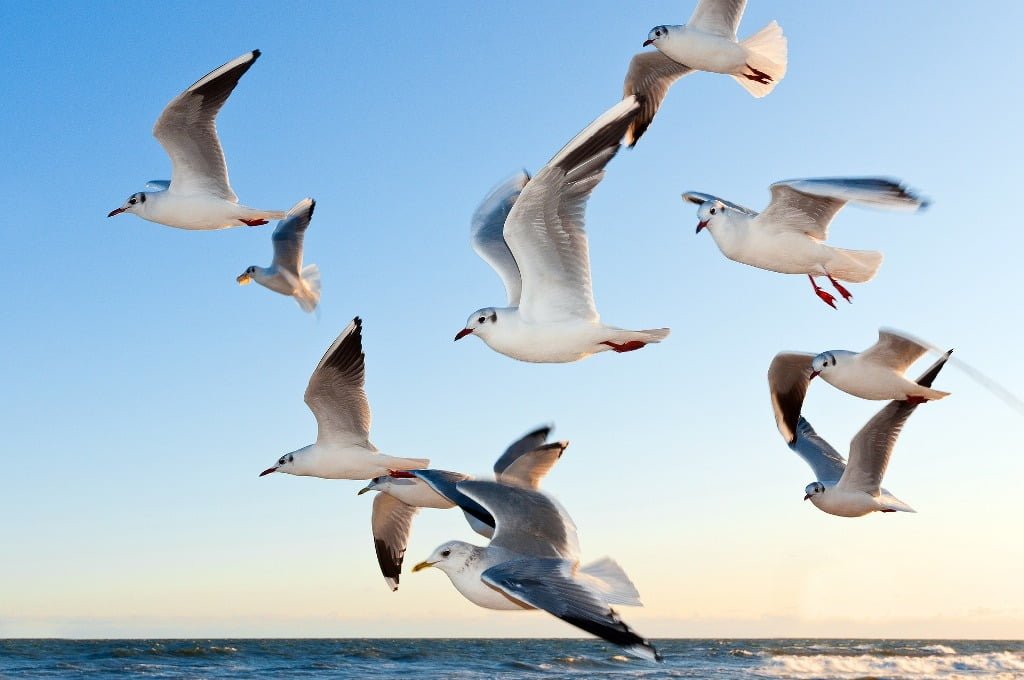
Secondly, seagulls have the unique ability to travel between different environments – land, sea, and air. They can choose to be on the ground, flying in the open sky, or floating on the water. This versatility in their choice of habitat and movement is akin to the idea of freedom in human society. Freedom is often thought of as the ability to make choices and determine one’s path in life. In the case of seagulls, their capability to decide where they want to be at any given moment represents this idea of freedom.
Seagulls are a symbol of freedom because they possess the physical freedom to fly, and they have the freedom to choose their environment, mirroring the human aspiration for personal and societal freedom that involves making choices and pursuing one’s desires.
4- The Cat
The behavior of a cat as a metaphor to illustrate the concept of independence and freedom. Let’s break it down:
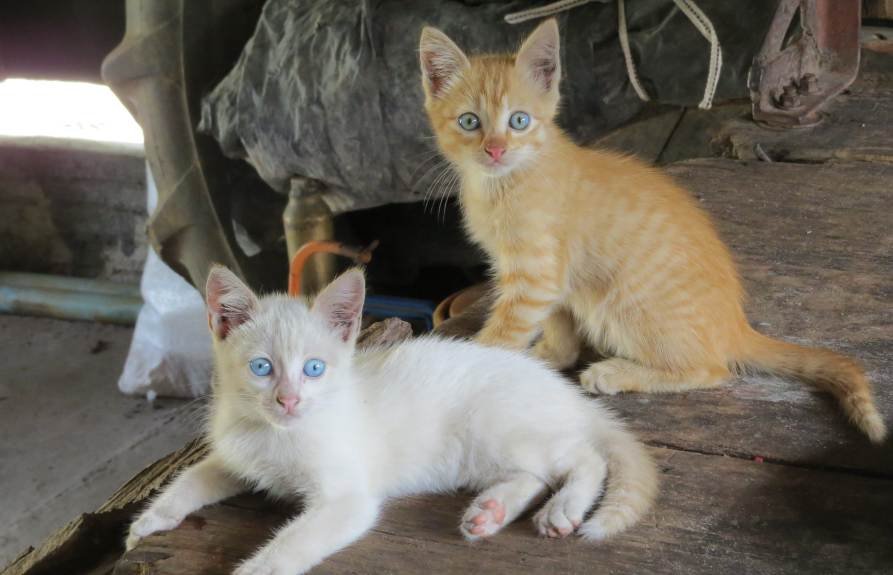
“The cat is normally identified with independence, and independence is freedom”: This suggests that cats are often seen as independent animals, and being independent is associated with having the freedom to make one’s own choices and decisions.
“You can’t keep a cat locked in a place if it doesn’t want to be”: Cats are known for their strong will and resistance to being confined. This part of the statement highlights that you cannot force a cat to stay in a specific location if it wants to roam freely. It implies that freedom is a fundamental aspect of a cat’s nature.
“His curiosity leads him to want to explore new territories”: Cats are naturally curious creatures, and they have a strong desire to explore their surroundings and discover new places. This curiosity is seen as an expression of their independent spirit.
“And isn’t this what we also understand by freedom?”: Here, the statement draws a parallel between a cat’s desire to explore new territories and the broader concept of freedom. It suggests that the cat’s curiosity and need for exploration are akin to the human understanding of freedom – the ability to make choices, explore new opportunities, and have a sense of autonomy.
5- The Bee
“The bee is the symbol of freedom” likely suggests that the bee, as a symbol, is associated with the concept of freedom. This symbolism can be understood in several ways:
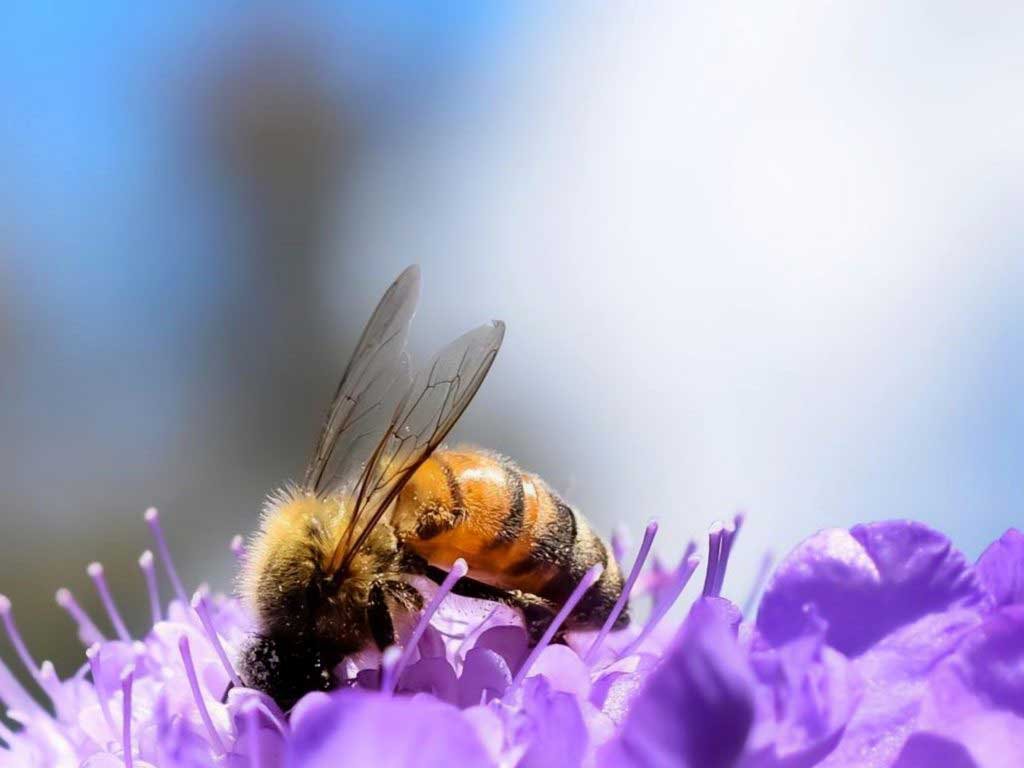
Collective Harmony
Bees are known for their complex social structures and cooperative behavior within a hive. Each bee has a specific role and contributes to the collective well-being of the hive. This can be seen as a metaphor for a society or community working together in harmony to achieve a common goal. In this sense, freedom might be symbolized as the ability for individuals to work together and collaborate in a society without oppressive restrictions.
Independence and Self-Sufficiency
Bees are also known for their ability to create and sustain their colonies independently. They collect nectar from flowers and turn it into honey, which serves as their food source. This self-sufficiency can be seen as a representation of individual freedom, where individuals have the capacity to meet their own needs without relying heavily on external sources.
Order and Organization
The orderly and systematic way in which bees operate within a hive can symbolize the idea that freedom is not chaotic but rather thrives when there is structure and organization. It suggests that freedom can be maintained and enhanced through a well-structured and organized society.
Persistence and Tenacity
Bees are known for their diligence and determination when it comes to their work. This can be interpreted as a symbol of the relentless pursuit of freedom and the idea that individuals or societies must work persistently to maintain and defend their freedom.
Environmental Balance
Bees also play a vital role in pollination, which is essential for the reproduction of many plants. In this sense, they symbolize the interconnectedness of all living beings and the importance of maintaining a balance in the ecosystem. This can be associated with the idea that freedom is linked to the balance between individual and collective well-being.
6- The Horse
The symbolic connection between wild horses and the concept of freedom, highlighting the historical significance of horses in relation to human transportation and mobility.

Vision of Wild Horses
The text begins by describing the vivid image of wild horses riding through the “paradera,” which is likely a reference to an open, natural landscape. This vision of wild horses represents a powerful and visually compelling symbol of freedom. When we think of wild horses, we often associate them with untamed, unrestrained animals that roam freely and independently.
Connection of Horses with Freedom
The passage goes on to explain that the association between horses and freedom extends beyond the image of wild horses. Horses have played a central role in human history as a means of transportation for centuries. In the past, especially before the widespread use of automobiles, horses were essential for getting from one place to another. Having a horse was often the determining factor in whether an individual could move around and access different locations.
Importance of Horses in Human Mobility
The passage emphasizes that horses were not just a luxury but a necessity for many people throughout history. In a time when there were no other viable transportation options like cars or trains, owning a horse provided individuals with the ability to travel, explore new areas, and access opportunities that would otherwise be out of reach. This historical context underscores the profound connection between horses and the idea of freedom because having a horse granted individuals the freedom to move and explore.
The passage underscores the symbolic and practical connection between horses and freedom. The image of wild horses represents a powerful symbol of freedom, and historically, owning a horse was essential for human mobility and the ability to access different places, making horses a crucial aspect of the concept of freedom.
7- The Butterfly
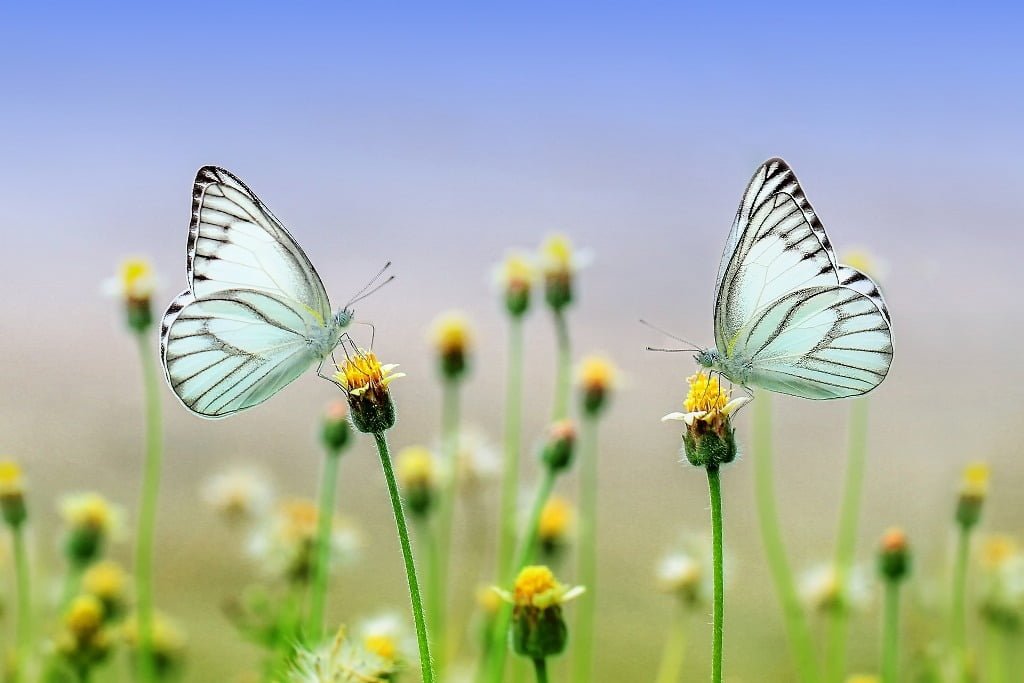
The idea of the butterfly representing freedom is often associated with its erratic flight pattern. Unlike birds, which typically follow a more predictable and purposeful trajectory when flying, butterflies have a flight pattern that seems to lack a clear direction or purpose. This erratic flight is what contributes to the symbolism of freedom in the context of butterflies.
Here’s a breakdown of why this erratic flight pattern can be seen as a symbol of freedom:
Unpredictability
Butterflies don’t have a fixed path or destination in mind when they take flight. They make constant changes in their flight direction without any apparent plan or goal. This unpredictability can be likened to the idea of freedom, where one is not bound by strict rules or constraints and can make choices spontaneously.
Spontaneity
The butterfly’s flight is marked by spontaneity and whimsy. It can change its direction at any moment, reflecting the idea of living in the present and being free to make decisions on the fly, without being confined by predetermined paths.
Lack of constraints
Birds, with their more predictable flight paths, may be seen as creatures with a purpose or destination in mind. In contrast, butterflies seem to roam freely without a specific goal. This lack of constraint in their flight can symbolize a sense of liberation and the absence of boundaries.
Embracing uncertainty
Butterflies don’t have the ability to predict their next move, which can be seen as an acceptance of uncertainty and an openness to the unknown. This mirrors the concept of freedom as the ability to embrace life’s unpredictabilities and make choices without being tied down by a fixed plan.
The erratic flight of a butterfly, characterized by its constant changes in direction without a clear purpose, symbolizes freedom in the sense of spontaneity, unpredictability, and the ability to embrace uncertainty. It represents the idea of living in the moment and making choices freely, without being confined by predetermined paths or expectations.
7- The Sparrows
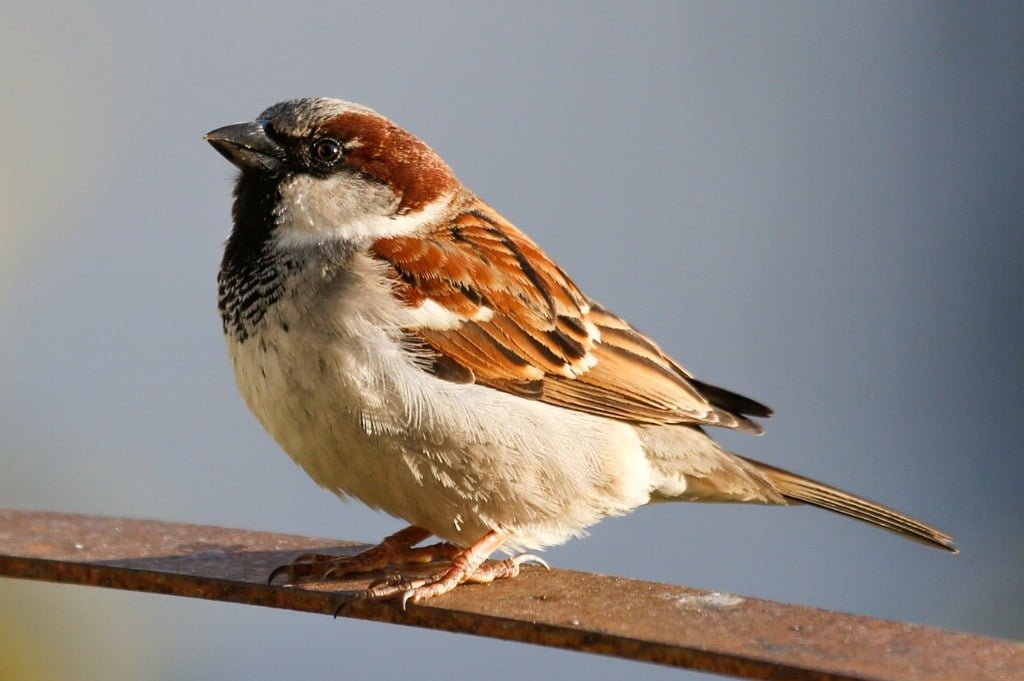
Sparrows can symbolize freedom in various ways, often through their behavior, characteristics, and cultural associations. Here are some reasons why sparrows are often associated with freedom:
Flight
Sparrows are birds, and birds are often seen as symbols of freedom due to their ability to fly. Flight represents the ultimate form of liberation, as birds can soar through the skies and explore different places without physical boundaries. This symbolizes the idea of breaking free from constraints and limitations.
Independence
Sparrows are known for their independence and self-sufficiency. They build their own nests and forage for their own food, which can be seen as a symbol of self-reliance and freedom from relying on others.
Small and Unassuming
Sparrows are small, common birds that can be found in various environments around the world. Their unassuming nature and adaptability symbolize the idea that freedom doesn’t have to be grand or extravagant. Even the simplest and most humble creatures can embody the essence of freedom.
Resilience
Sparrows are resilient and can thrive in urban, suburban, and rural settings. This adaptability can be seen as a symbol of the ability to find freedom and opportunity in various circumstances, even when faced with challenges.
Cultural associations
Sparrows have appeared in the folklore and literature of many cultures as symbols of freedom and hope. For example, in some Asian cultures, sparrows are associated with joy and good fortune, and they are often seen as messengers of positive news and freedom from troubles.
Free spirits
Sparrows are often portrayed as free spirits in art and literature. Their carefree chirping and quick, darting flight patterns can evoke a sense of lightheartedness and a break from the constraints of daily life.
8- The Cheetah
Cheetahs are often seen as symbols of freedom for several reasons:
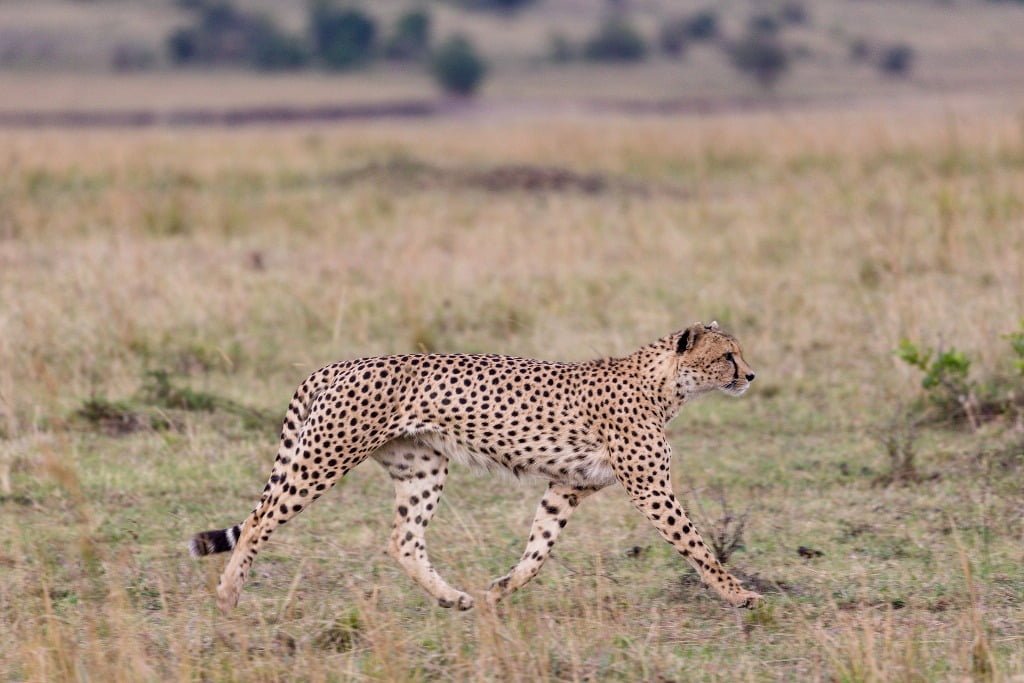
Speed and Agility
Cheetahs are the fastest land animals, capable of reaching speeds up to 70 miles per hour. Their incredible speed and agility allow them to roam vast territories and chase down their prey effectively. This swiftness is often associated with the idea of freedom because it allows the cheetah to cover large distances and navigate its environment with ease.
Solitary Lifestyle
Cheetahs are generally solitary animals and are not known for living in structured social groups like many other big cats. This solitary nature can be seen as a symbol of independence and self-reliance, which are often associated with the concept of freedom.
Vast Home Range
Cheetahs have relatively large home ranges, which they need to find enough prey to sustain themselves. This wide expanse of territory can be seen as a representation of their freedom to roam and explore different areas.
Non-Confrontational Behavior
Cheetahs are generally not confrontational or aggressive animals. They prefer to avoid conflict and are known for their more peaceful coexistence with other wildlife. This non-aggressive behavior can be seen as a symbol of freedom from unnecessary conflict and aggression.
Vulnerability
While cheetahs are incredibly fast and agile, they are not as physically robust as some other big cats. This vulnerability can symbolize the fragility of freedom. In the wild, cheetahs face numerous challenges and threats, making their freedom a constant struggle and a symbol of resilience.
9- The Lion
Lions are often used as symbols of freedom in various cultures and contexts for several reasons:
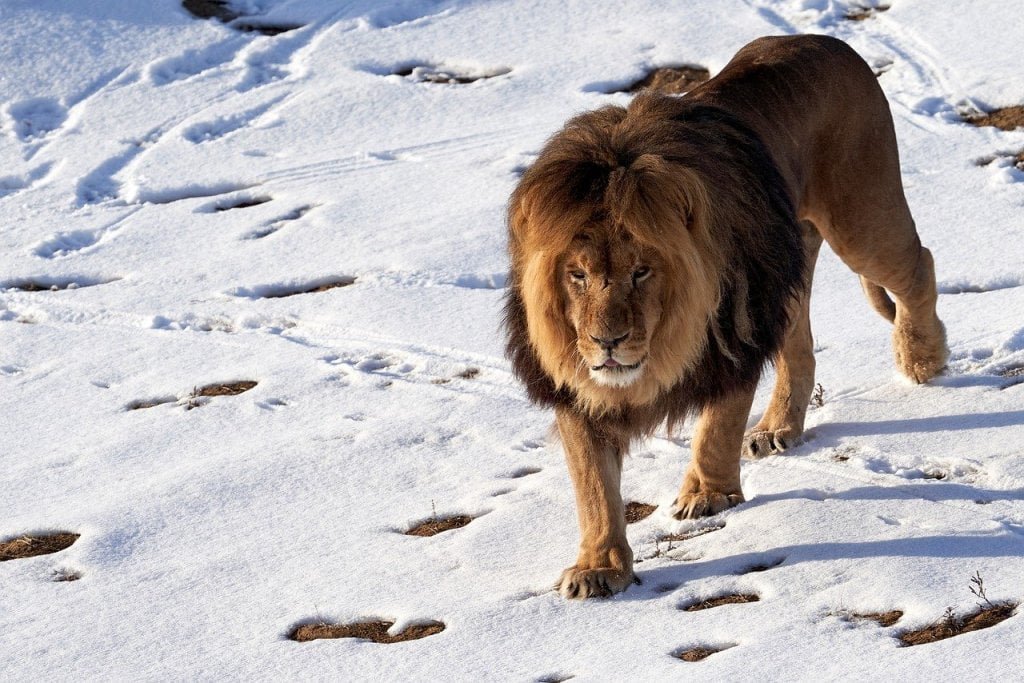
Strength and Independence
Lions are known for their strength, courage, and independence in the animal kingdom. These traits are often associated with the concept of freedom, as freedom typically involves the ability to make one’s own choices and decisions, which requires strength and independence.
Dominance and Fearlessness
Lions are apex predators, and their fearlessness in the face of danger is often seen as a symbol of freedom. Freedom often involves the ability to confront and overcome challenges or obstacles without succumbing to fear.
Roaming and Wilderness
Lions are wild animals that roam freely in the wilderness. This contrast with captivity or restriction is often used to represent the idea of freedom. The image of a lion freely roaming the savanna or jungle serves as a powerful symbol of natural, unrestricted living.
Historical and Cultural Significance
Lions have been featured in various cultures and mythologies as symbols of freedom and power. For example, the lion is often associated with the concept of liberty in ancient Greek and Roman art, where it is depicted as a guardian of freedom.
National Symbols
Lions are commonly used as symbols in national flags and emblems. For example, the lion is a prominent symbol in the coats of arms of several countries, including the United Kingdom, Sweden, and Sri Lanka, where it represents qualities like sovereignty and freedom.
10- The Dove
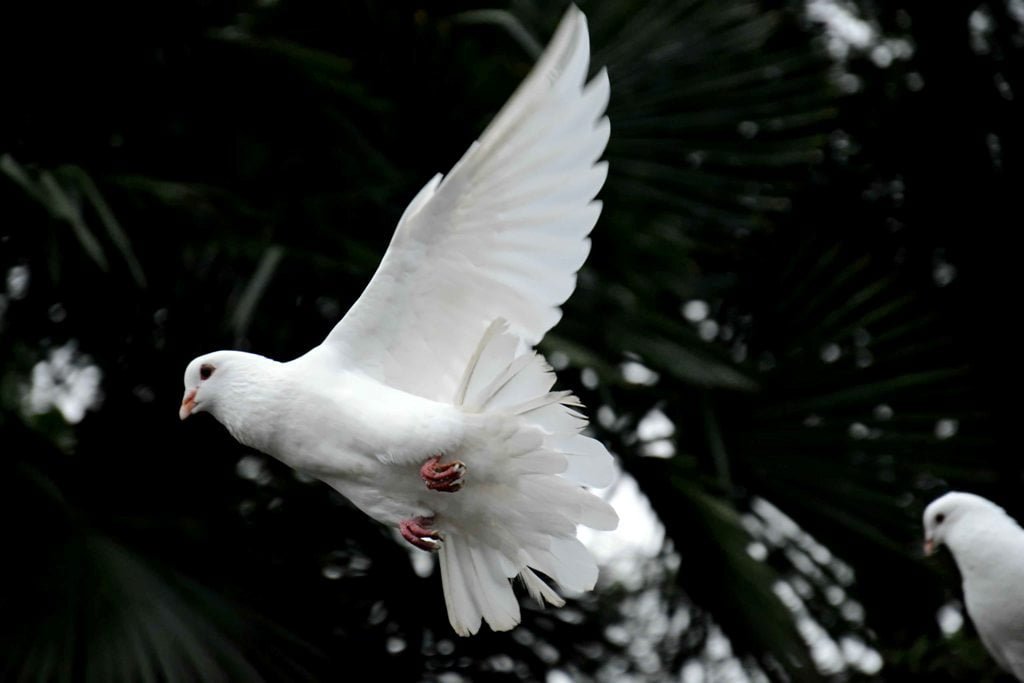
The dove is a well-known symbol of freedom, peace, and hope in various cultures and contexts. This symbolism is deeply rooted in history, literature, and religious beliefs. Here’s an explanation of why doves are associated with freedom:
Christianity
In Christian symbolism, the dove is closely associated with the Holy Spirit. It is often depicted as descending upon Jesus during his baptism by John the Baptist. This imagery is found in the New Testament of the Bible (Matthew 3:16) and represents the divine presence and guidance. The Holy Spirit is seen as a source of spiritual freedom, leading believers toward salvation and enlightenment.
Judaism
In the Hebrew Bible (Old Testament), doves are used as symbols of purity, peace, and freedom. They were commonly used in religious rituals, and the practice of releasing doves as an offering to God is mentioned in various passages.
Universal symbols of peace
The white dove is an international symbol of peace. It is widely recognized as a representation of non-violence, reconciliation, and the absence of conflict. This association with peace naturally aligns with the concept of freedom from war and oppression.
Literary Symbolism
Doves are frequently featured in literature and poetry as symbols of freedom and liberation. They are often used to represent the desire for peace and the hope of escaping from difficult or oppressive situations.
Historical and cultural significance
Throughout history, doves have been used in various cultural contexts to symbolize freedom. They are often released as a symbolic act during celebrations, commemorations, and ceremonies to convey the idea of liberation and new beginnings.
Anti-war movements
Doves have been adopted as a symbol by anti-war movements and organizations. The use of the dove in this context emphasizes the desire for peace, the avoidance of conflict, and the pursuit of freedom from the ravages of war.
11- The Salmon

The idea that salmon symbolize freedom is rooted in various cultural and symbolic interpretations, particularly in the context of Native American traditions and mythology, as well as environmental and conservation themes. Here are some ways in which salmon can be seen as a symbol of freedom:
Native American Traditions
Many indigenous cultures in North America, such as the Pacific Northwest Coast tribes, have deep connections to salmon. The salmon plays a crucial role in their diet and cultural practices. In some of these cultures, the annual salmon run is not just a source of sustenance but also a symbol of renewal and freedom. The salmon’s ability to navigate and overcome obstacles like waterfalls and rapids during their upstream migration is seen as a metaphor for resilience and determination, which are qualities associated with freedom.
Environmental Conservation
Salmon are often used as a symbol of environmental conservation and the preservation of natural habitats. Efforts to protect salmon populations are often linked to broader conservation goals, including the preservation of free-flowing rivers and the removal of dams or other obstacles that hinder salmon migration. This is tied to the idea that allowing salmon to move freely in their natural environment is essential for the health of both the salmon populations and the ecosystems they inhabit.
Metaphorical Freedom
In a more metaphorical sense, the idea of salmon symbolizing freedom can be linked to their life cycle. Salmon are born in freshwater, migrate to the ocean, and then return to their natal streams to spawn and complete their life cycle. This journey can represent the idea of exploring the world, experiencing different environments, and returning home—a cycle of freedom and return.
Freedom of Movement
Salmon are known for their incredible ability to swim long distances and navigate challenging waters. This can be seen as a symbol of the freedom of movement, the ability to overcome obstacles, and the journey of life itself.
12- The Whale
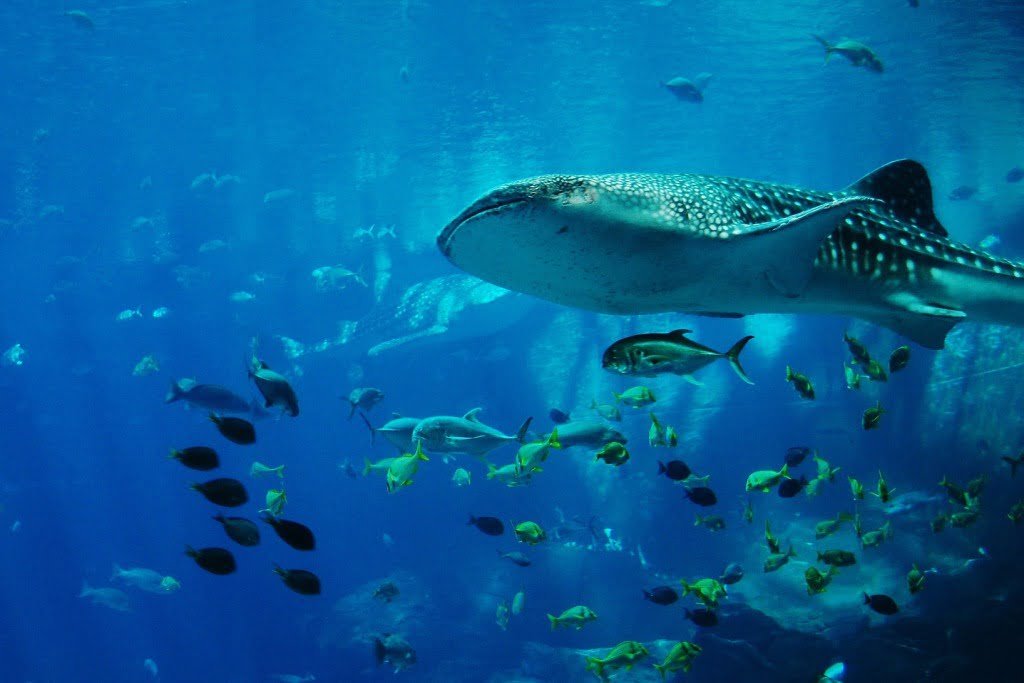
The concept of a whale symbolizing freedom is often associated with various aspects of the whale’s natural behavior, its vast and open habitat, and its role in literature and culture. Here are some reasons why a whale might be seen as a symbol of freedom:
Vast Open Oceans
Whales are known for their ability to roam freely in the vast open oceans. Their range of movement is not restricted by boundaries or obstacles that many other creatures encounter on land. This sense of boundless space can be seen as a representation of freedom.
Migration Patterns
Whales are renowned for their long-distance migrations, traveling thousands of miles across the world’s oceans. This nomadic lifestyle reflects the idea of freedom and the ability to explore and move around at will.
Deep Connection to Nature
Whales are intimately connected to the natural world, and their lives are closely tied to the rhythms of the ocean and the earth. Many people associate freedom with a connection to nature and being in harmony with the environment.
Literature and Symbolism
In literature and cultural symbolism, whales have often been used to represent freedom and the pursuit of the unknown. Herman Melville’s novel “Moby-Dick,” for example, explores the theme of man’s quest for freedom and the relentless pursuit of the elusive white whale, Moby Dick, which can be seen as a symbol of ultimate freedom and the human spirit’s determination.
Whales as Metaphors
Whales are sometimes used as metaphors for liberation and the breaking of boundaries. They are powerful and majestic creatures, and the idea of breaking free from constraints and limitations can be associated with them.
13- The Dragonfly
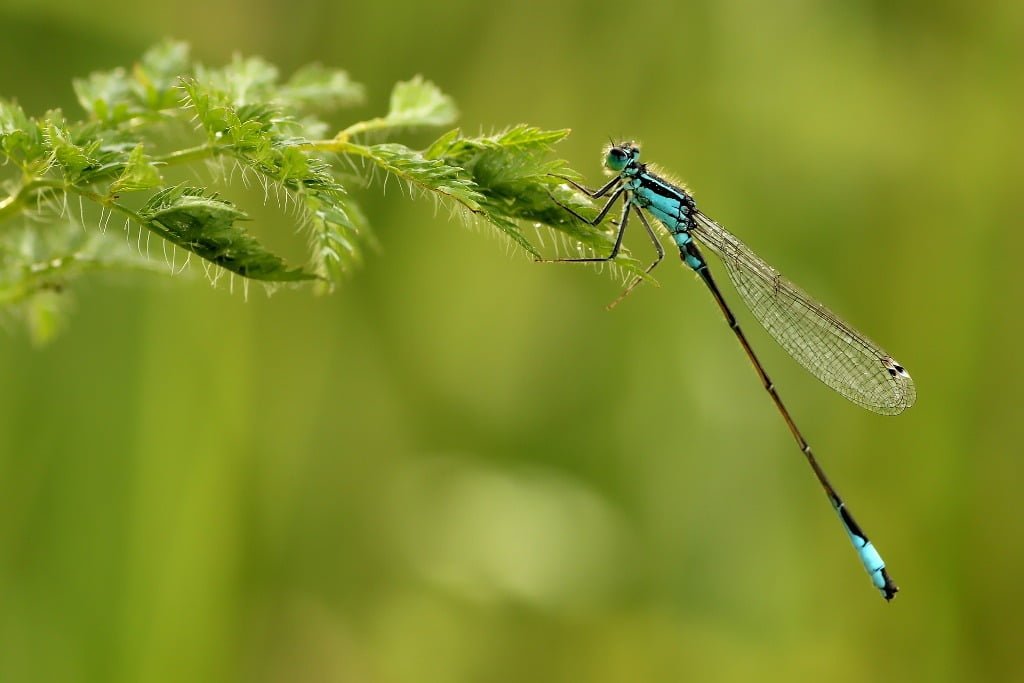
Dragonflies are often seen as symbols of freedom in various cultures and belief systems. There are several reasons for this association:
Mobility
Dragonflies are incredibly agile and can fly in all directions, including up, down, and even hover in place. Their ability to move freely in any direction without constraints symbolizes the idea of freedom and flexibility.
Short Lifespan
Dragonflies have relatively short lifespans, typically just a few months to a few years, depending on the species. This fleeting existence is seen as a reminder of the transient nature of life and the need to make the most of the time we have, embracing the freedom to live fully.
Transformation
Dragonflies undergo a remarkable metamorphosis from their aquatic larval stage to their airborne adult stage. This transformation represents personal growth, change, and the idea that individuals have the freedom to reinvent themselves and evolve.
Spiritual Symbolism
In some cultures, dragonflies are associated with spiritual concepts and are believed to carry messages from the spirit world. This connection to the spiritual realm can be seen as a form of liberation from the physical world.
Connection to Water
Dragonflies are often found near water bodies, such as lakes, rivers, and ponds. Water is a symbol of emotions and the subconscious, and dragonflies’ association with water can represent the freedom to explore and express one’s feelings and emotions.
Artistic Expression
Dragonflies have been featured in art, literature, and mythology throughout history. Their graceful and beautiful appearance has inspired artists and writers, and their representation in creative works often conveys the idea of freedom and aesthetic expression.
Read More:
1- Animals Symbolizing Danger and Death
2- Spirit Animals that symbolize power and strength
3- Animals that Symbolize Friendship and Loyalty
